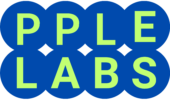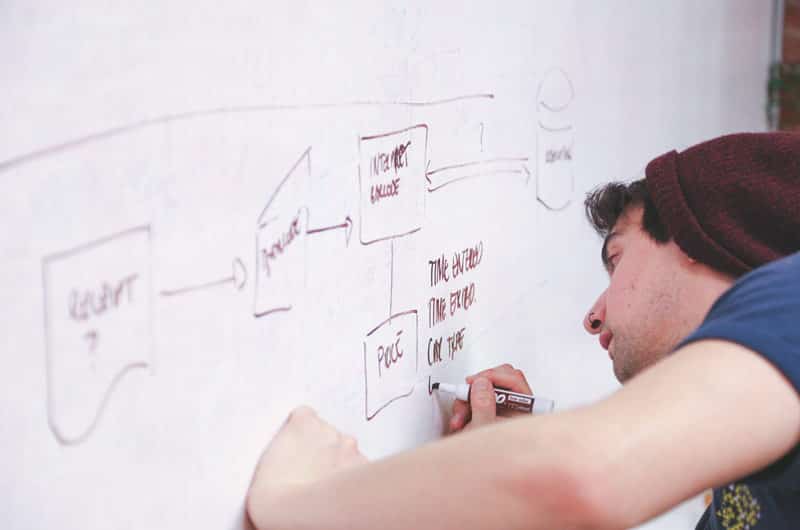In today’s competitive market, innovation is crucial for staying ahead. Transforming a raw idea into a market-ready product is a journey that requires strategic planning, creative thinking, and meticulous execution. Let’s dive into the key steps and strategies for successful product development.
1. Understanding the Market Needs
The foundation of any innovative product is a deep understanding of market needs. Start by conducting thorough market research to identify gaps and customer pain points. Tools like surveys, focus groups, and competitor analysis can provide invaluable insights. According to a Harvard Business School article, understanding the “jobs to be done” theory is essential. This approach focuses on what tasks customers need to accomplish with your product, guiding your innovation efforts more effectively.

2. Ideation and Concept Development
Once you have identified a market need, the next step is ideation. Brainstorming sessions with diverse teams can generate a plethora of ideas. It’s crucial to evaluate these ideas based on feasibility, market potential, and alignment with your business goals. As suggested by Asana, creating prototypes and concept models helps in visualizing the product and refining the concept.
3. Feasibility Analysis
Before diving into development, conduct a feasibility study to assess technical, financial, and operational viability. This step helps in identifying potential challenges early on and planning for resources accordingly. According to ELEKS, this analysis is crucial to ensure that your innovation can succeed in the real world.
4. Design and Development
With a clear concept and feasibility plan, move to the design and development phase. Collaborate with designers to create detailed product designs and work with engineers to build prototypes. Iterative testing and feedback loops are essential to refine the product and address any issues before full-scale production.
5. Validation and Testing
Thorough validation and testing are vital to ensure the product meets quality standards and performs as expected. This includes alpha and beta testing with real users to gather feedback and make necessary adjustments. As highlighted by Asana, this phase is crucial for identifying any last-minute flaws and ensuring the product is ready for market launch.
6. Market Strategy and Launch
Developing a comprehensive market strategy is key to a successful product launch. This involves creating a marketing plan, pricing strategy, and distribution channels. Leverage digital marketing tools and platforms to create buzz and reach your target audience effectively. As noted by Harvard Business School, it’s essential to consider both sustaining and disruptive innovations in your strategy to capture various market segments.
7. Post-Launch Review and Iteration
After the product launch, continuously monitor its performance and gather customer feedback. This post-launch phase is crucial for identifying areas of improvement and making iterative changes to enhance the product. Regular updates and feature enhancements can keep your product relevant and competitive in the market.

Conclusion
Innovative product development is a dynamic and iterative process. By understanding market needs, fostering creativity, and maintaining a strategic approach, you can turn your ideas into successful market-ready products. Embrace the journey of innovation and let your products lead the way in the market.
Join the Founders Lab
Ready to take your startup to the next level? Join the Founders Lab at pplelabs. The Founders Lab is an accelerator program that gives its founders the resources needed to build and scale their products, whether it’s apps, websites, or cloud solutions. The program offers access to:
- Developers: Frontend, Backend, DevOps, and QA engineers.
- Designers: UX, UI, Graphic, Content, and Product designers.
- Product Managers: Technical PMs and Scrum Masters.
- Marketers: Customer Success experts and Growth Hackers.
Don’t miss this opportunity to elevate your startup with expert support and resources. Limited spaces, you can apply here.
FAQs
- What is the first step in innovative product development?
- The first step is understanding market needs through thorough research and analysis.
- Why is feasibility analysis important?
- It helps in identifying potential challenges and ensuring the viability of the product idea.
- How can I ensure my product meets quality standards?
- Through rigorous validation and testing phases, including alpha and beta testing.
- What is a post-launch review?
- It involves monitoring the product’s performance and gathering feedback for continuous improvement.
- How important is a market strategy?
- A comprehensive market strategy is crucial for effectively launching and positioning your product in the market.


Leave a Reply